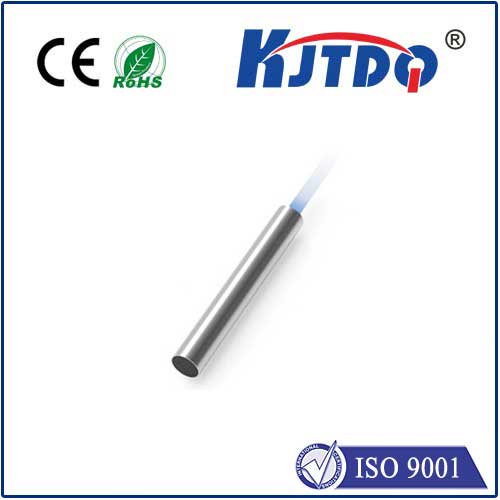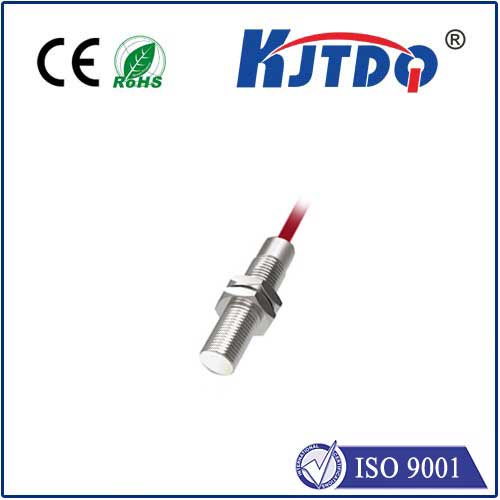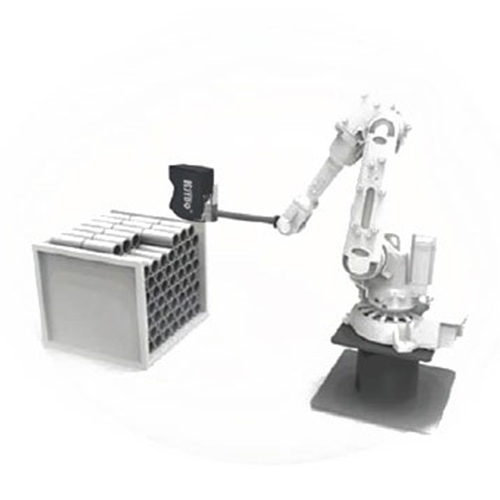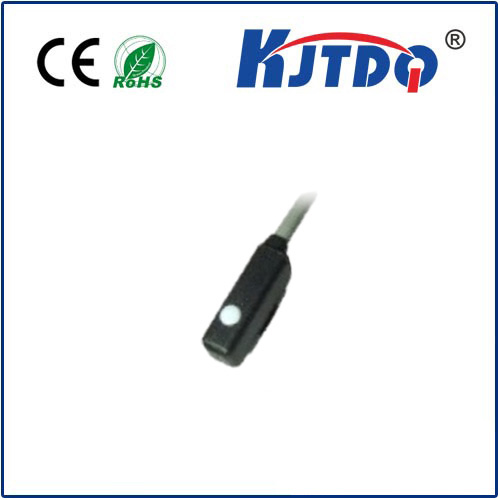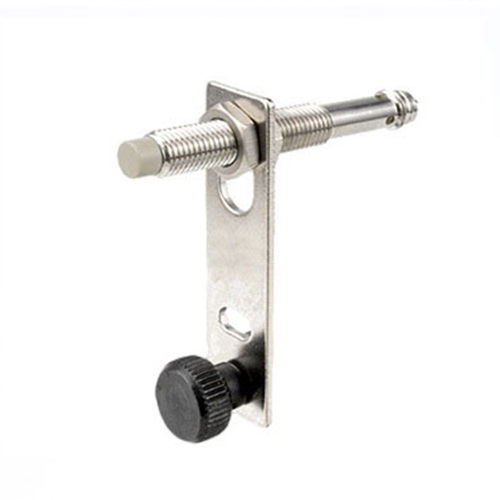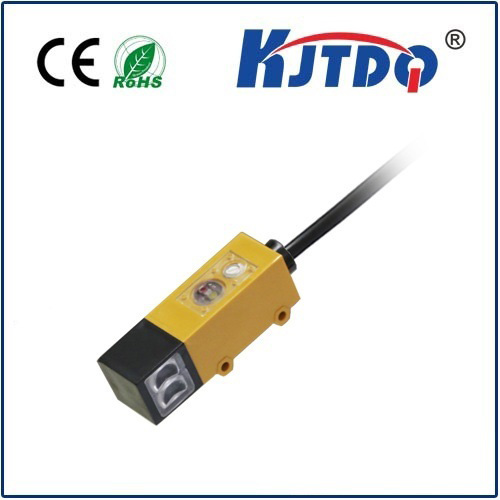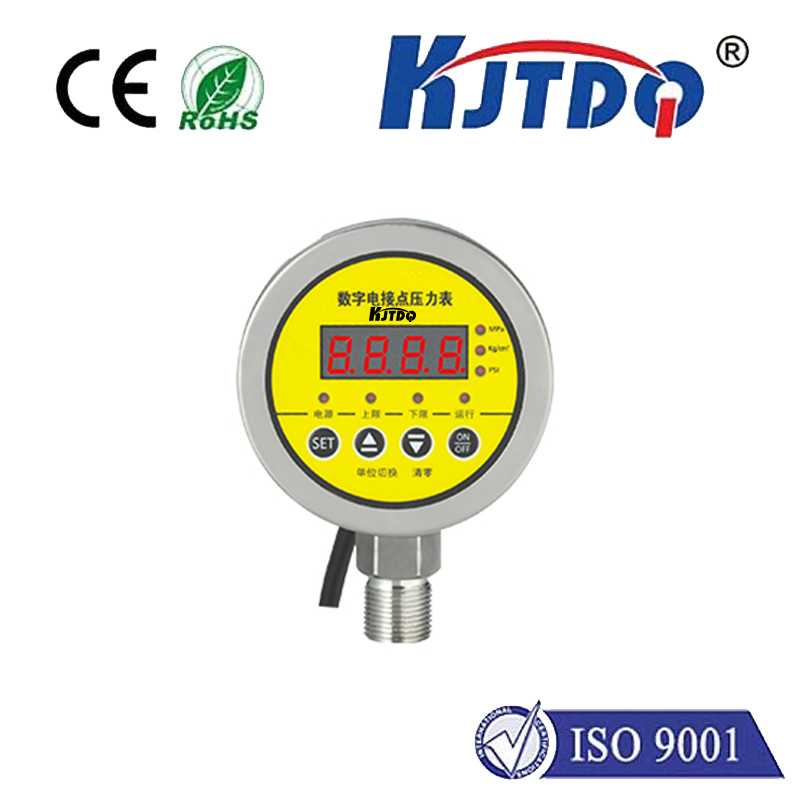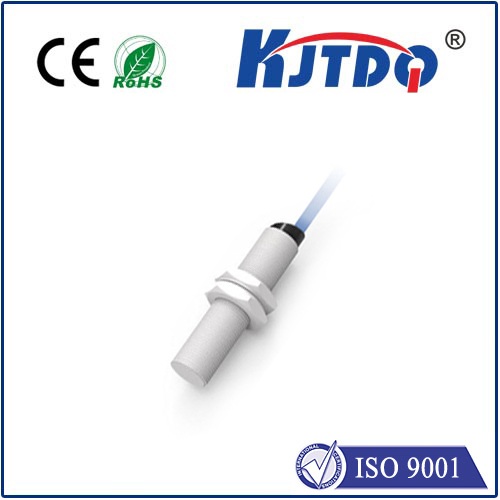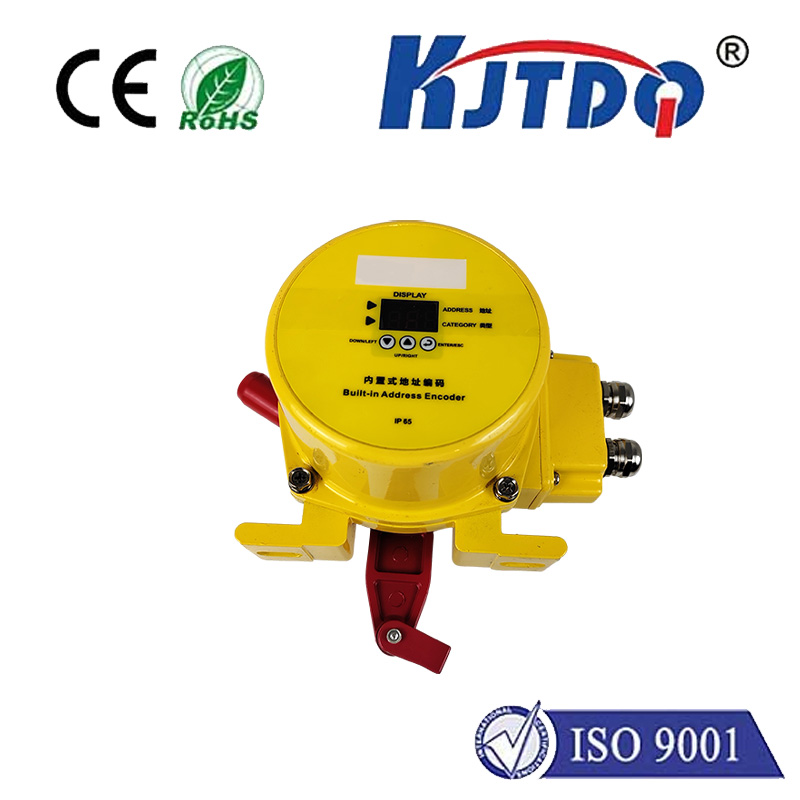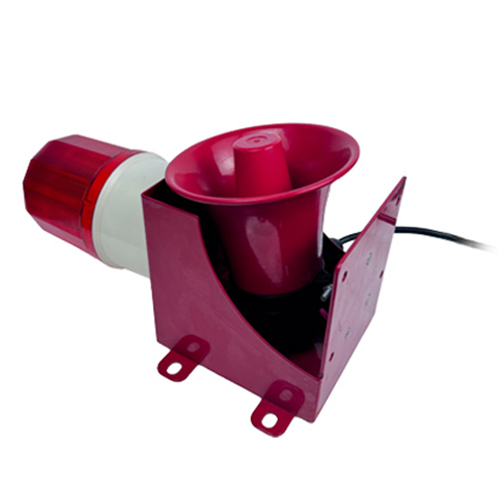BES02EJ proximity sensor
- time:2025-10-15 08:13:15
- Click:0
Unlocking Precision: A Deep Dive into the BES02EJ Proximity Sensor
Imagine a high-speed production line where a robotic arm must pick components mere millimeters from their mounting points. Any misalignment, any unexpected contact, spells disaster: damaged parts, costly downtime, potential safety hazards. At the heart of preventing these scenarios lies a crucial component – the proximity sensor. And within the world of industrial automation, the BES02EJ proximity sensor has earned a reputation for reliability and precision in demanding applications. This article explores what makes this particular sensor a go-to choice for engineers worldwide.
Understanding the Proximity Sensor: More Than Just Detection
Before delving into the specifics of the BES02EJ, it’s essential to grasp the fundamental role of inductive proximity sensors. These devices operate on a simple yet powerful principle: they detect the presence or absence of a metallic target object without any physical contact. They achieve this by generating an electromagnetic field. When a metal object enters this field, it induces eddy currents within the object, causing a measurable change in the sensor’s internal oscillation circuit. This change is converted into a clean electrical output signal, typically switching a load on or off. This non-contact detection offers immense advantages: eliminating wear and tear, enabling high-speed operation, functioning reliably in dirty or wet environments, and providing consistent performance over long periods. They are fundamental to countless automation tasks like position verification, object counting, speed monitoring, and end-of-travel detection.
Introducing the BES02EJ: Engineered for Industrial Resilience

The BES02EJ proximity sensor, a product line from Balluff, exemplifies the evolution of inductive sensing technology towards robustness and application flexibility. Designed for factory automation, material handling, packaging, and automotive assembly lines, it’s built to withstand the rigors of demanding industrial settings. Key characteristics define its performance:
- Superior Environmental Protection: One of its standout features is its IP67 protection rating. This signifies the BES02EJ is highly resistant to dust ingress and can withstand immersion in water up to 1 meter deep for 30 minutes. This resilience makes it ideal for washdown applications in food and beverage processing or areas prone to coolant splashes and oil mist in machine tools.
- Inductive Sensing Range: The “EJ” series typically offers a standardized sensing distance. A common specification is Sn ≈ 2mm (with a standard target Fe360). This close-range detection is perfect for precise positioning tasks where objects pass very near the sensor face.
- Robust Housing & Design: Featuring a cylindrical M12 housing, the BES02EJ is compact yet durable. Its stainless steel housing (often 1.4404 / 316L) provides excellent corrosion resistance, crucial for harsh environments. The flush mounting capability allows it to be installed embedded in metal, protecting the sensing face from accidental impact while still detecting targets effectively.
- Electrical Specifications: It commonly utilizes a PNP, Normally Open (NO) output configuration, compatible with a wide range of modern PLCs and control systems. Operating within a 10-30V DC voltage range ensures broad compatibility. Its internal switching element provides a reliable signal for controlling actuators, relays, or inputs.
- Temperature Tolerance: Industrial environments fluctuate. The BES02EJ operates reliably across a wide temperature range, typically -25°C to +75°C (-13°F to +167°F). This thermal stability ensures consistent operation whether on a freezing warehouse floor or near a hot machine tool.
- LED Status Indication: A clear, bright LED indicator provides visual confirmation of the sensor’s operating state (power and switching status), simplifying commissioning, troubleshooting, and maintenance tasks.
- Long Service Life: Thanks to its non-contact principle and robust construction, the BES02EJ boasts an exceptionally long operational lifespan. The absence of moving parts means minimal mechanical wear, leading to reduced maintenance costs and increased system uptime (maximizing Mean Time Between Failures - MTBF).
Where Does the BES02EJ Shine? Key Industrial Applications
The BES02EJ’s blend of size, protection, reliability, and precision makes it incredibly versatile:
- Machine Tooling: Monitoring tool position, detecting clamped workpieces, verifying chuck status, and controlling coolant flow – all critical tasks where reliability is paramount.
- Material Handling Systems: Verifying the presence of pallets, boxes, or individual items on conveyors; detecting cart positions; controlling gates and diverters.
- Packaging Machinery: Counting bottles or packages, verifying lid closure, monitoring film feed, and detecting product position for labeling or filling operations.
- Automotive Assembly: Ensuring components are present and correctly positioned before welding or assembly steps; verifying robotic end-effector positions; monitoring door and hood closures.
- Liquid Processing & Filling: Detecting tank levels (using float targets), confirming valve positions, and ensuring filler heads are in place, all while resisting splashes and washdown chemicals due to IP67.
- Robotic Guidance: Providing precise position feedback for robotic arms, especially in pick-and-place and assembly tasks requiring millimeter accuracy.
Beyond the Sensor: Integration and Best Practices
Selecting the right sensor is only part of the equation. Ensuring optimal performance from your BES02EJ proximity sensor involves considering:
- Target Material: While primarily designed for ferrous metals (steel, iron), its performance varies with non-ferrous metals like aluminum or brass. Understanding the target material and potential sensing range reduction is crucial.
- Mounting: Utilize the flush-mounting design where possible for protection. Ensure the target approaches the sensing face correctly within the specified range and angle tolerance.
- Electrical Connection: Use the appropriate M8 or M12 connector (coded for DC sensors, often A-coded) and ensure wiring is correct and protected against noise or damage. Verify polarity for the PNP output.
- Environmental Factors: While IP67 rated, ensure prolonged submersion doesn’t occur beyond the specification limits. Avoid extremely aggressive chemicals unless specifically rated for them. Consider ambient temperature extremes relative to the specified range.
- Interference: Maintain adequate separation distances between multiple sensors or sources of strong electromagnetic fields to prevent mutual interference (typically 2-3 times the sensor diameter or specified in datasheets).
The Value Proposition: Why the BES02EJ Stands Out
In a crowded market, the BES02EJ proximity sensor differentiates itself through its proven durability and consistent performance under pressure. Its IP67 stainless-steel housing ensures longevity in environments that would cripple less robust sensors. The combination of flush mounting, a reliable PNP output, and clear visual status LEDs makes integration straightforward and maintenance efficient. When the cost of unexpected downtime is high, the long service life and inherent reliability of this sensor translate directly into **reduced






